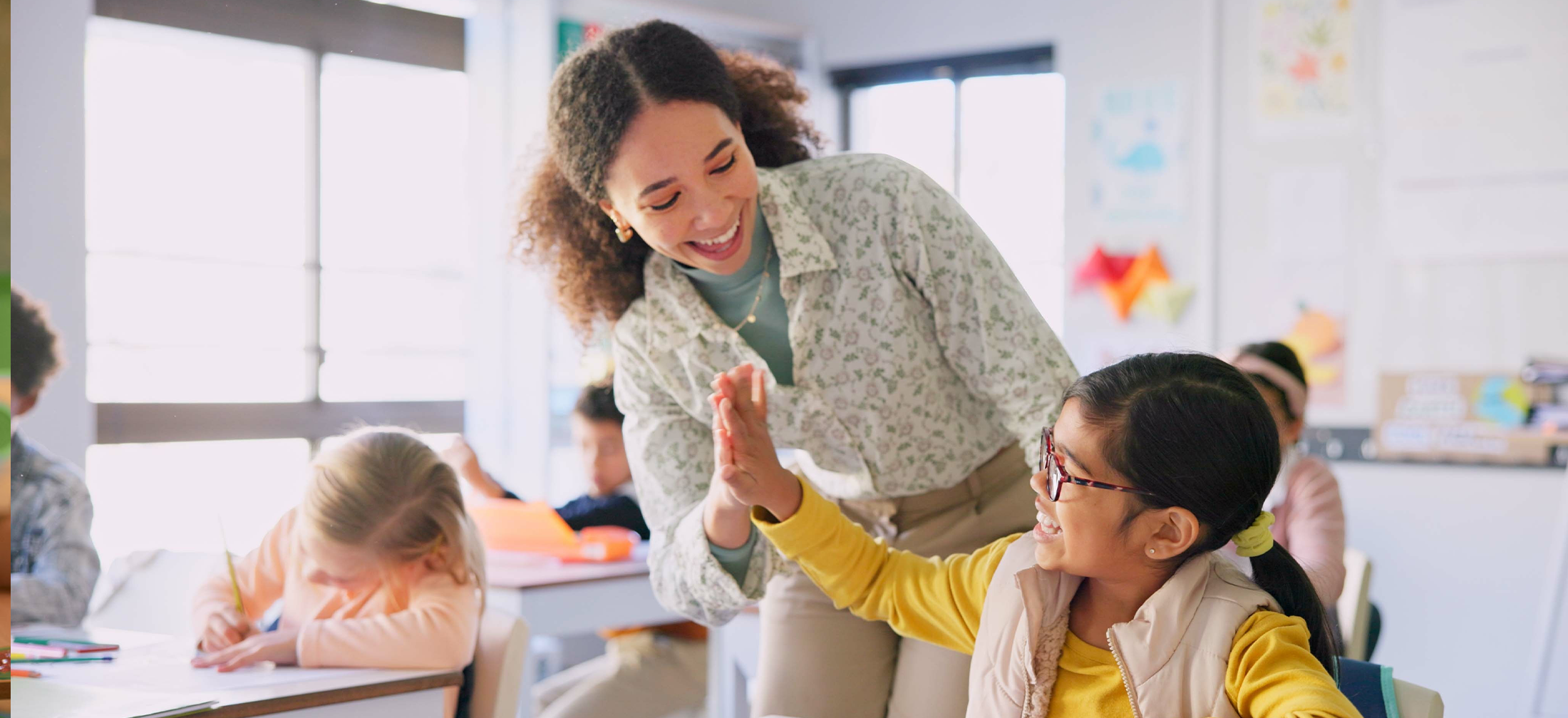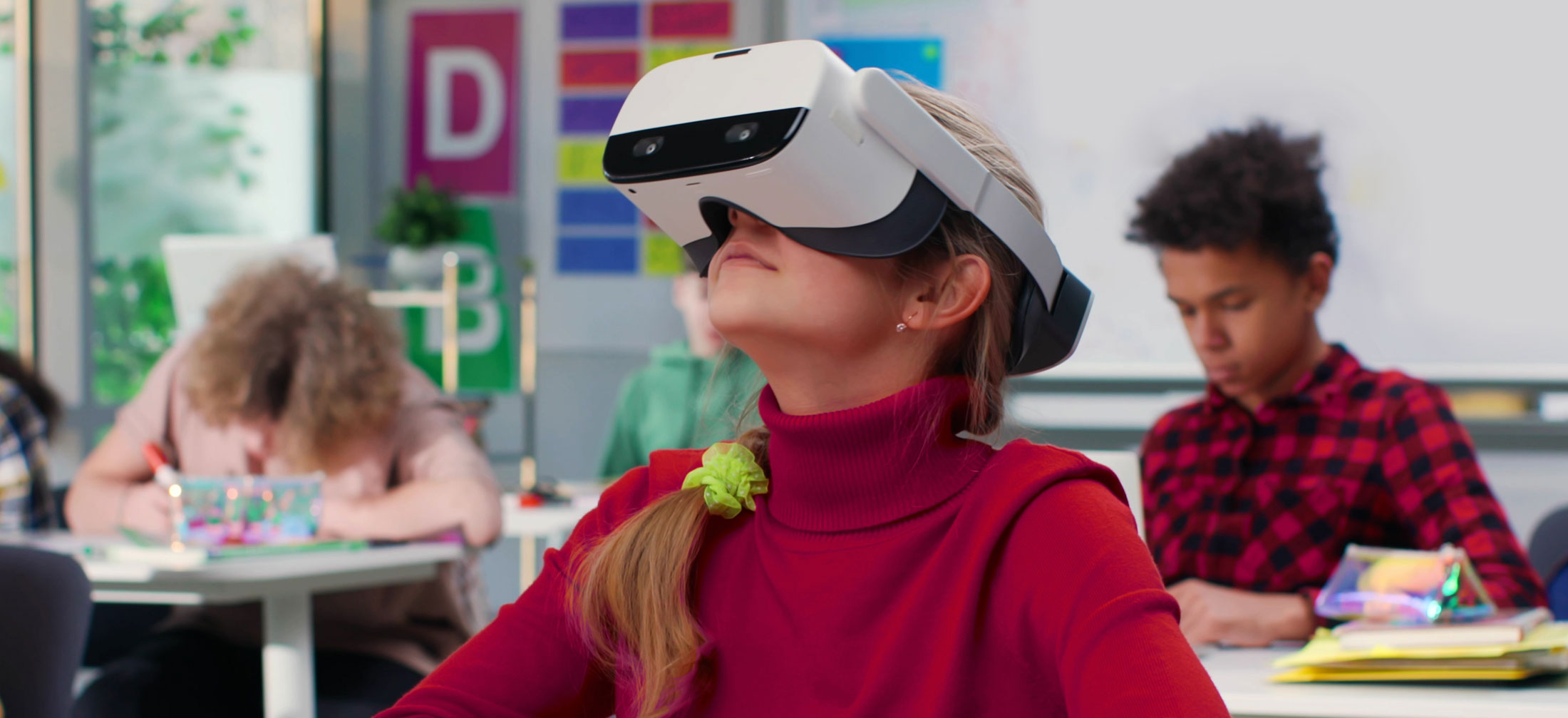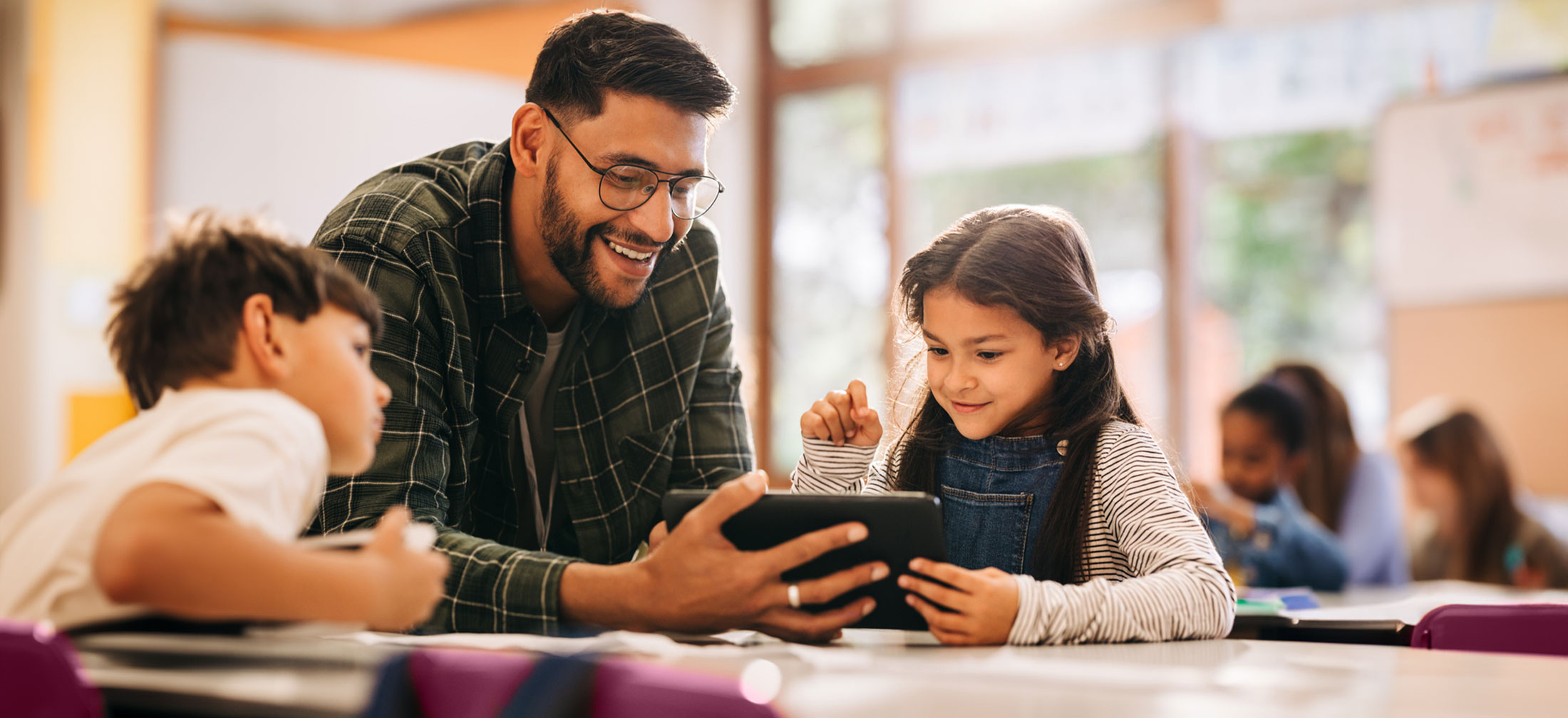
As a middle school English teacher, I’m pretty familiar with classic idioms. The old saying “when it rains, it pours” definitely comes to mind when thinking about how COVID-19 has impacted the education world.
Like many educators, I used Google Classroom before the pandemic began—mainly as a way to help with scheduling and resource sharing. It was a nice supplemental tool to help my students stay on track with their lessons, but never did I think it would be the primary method by which I’d be teaching my students and we’d be communicating with one another.
In a world of COVID-19 and social distancing, however, that’s exactly what we’ve had to do.
My school district, Jamestown Public Schools, wisely incorporated several recommendations from teachers like myself as they put together their remote learning plan, which has proven to be relatively successful—although not without challenges.
We’re extremely fortunate in our district because our students all have internet access. We were able to get Chromebooks for households that needed them, and local internet service providers stepped up to help families without internet obtain Wi-Fi access.
Even with the necessary tools to engage in remote learning, however, there are still challenges we’ve had to overcome as we’ve made the switch.
Although most of our students are tech-savvy, many of their parents had difficulty navigating this new way of learning. This has been a challenge as teachers have had to act as “tech support” in helping parents get up to speed on the ins and outs of computer-based education.
Once this hurdle was cleared, the next challenge became promoting effective engagement among our students.
At first, the assignments distributed during social distancing were fairly straightforward as we adjusted to the new teaching-learning dynamic. Simply having students watch a video or read a short story and provide quick responses quickly became tiresome, though. Providing parents with a weekly class schedule allowed for students to join their teacher and classmates live. During these live classes, teachers would facilitate discussions, share their screens, incorporate interactive games, etc., which proved to have a large impact on student learning.
The number of free resources being offered by various companies like Scholastic, GetEpic, and Screencastify have also been helpful. It’s been great to see the education community rally together to provide one another with as many resources as possible, which has made things much easier for me.
As helpful as online resources are, there’s really no substitute for good old-fashioned relationship-building.
In my intensive reading class, for example, I was seeing poor attendance, and the assignments were of low quality in comparison to my other classes. Some kids just need a helping hand to get back on track, so by dedicating more time to interactive lessons in which students were required to share out using their microphone or via the chat, I was able to get students, most of whom struggle academically, to regularly attend class, provide real-time feedback to students, and improve the quality of the assignments. Another useful tactic was to engage in one-on-one interactions over online chats, which improved work quality and helped build student confidence.
Incorporating topics that students are interested in was also a big part of this success. One thing I’ve come to appreciate during the pandemic is that you need to have quality, engaging content in order to motivate students effectively. Online resources have proven to be valuable in this area as well. Forward-thinking education websites like Flippity, ActivelyLearn, NoRedInk, FlipGrid, PearDeck, and EdPuzzle have some creative learning ideas that we’ve been able to take advantage of at Jamestown.
This was always the case to a certain degree, but in 2020 you simply can’t be boring as a teacher! High-interest material is imperative to effective education nowadays, and incorporating games, multimedia elements, fluency add-ons, and so on into lesson plans is going to be a major part of teaching moving forward, in my opinion, at both the micro and macro levels.
Key Lessons Learned:
- Involve teachers in creating school and district remote learning plans.
- Provide tools and tech support to ensure all students and families have virtual access.
- Connect one-on-one with students who are struggling.
- Use high-interest, high-engagement content and learning tools.
- Experiment with new relationship-building strategies.
Speaking of the macro level, Jamestown Public Schools decided to use a “Satisfactory/Unsatisfactory” grading system for the school year’s final semester. It’s somewhat understandable given the circumstances, but it’s much tougher to motivate students to improve their efforts under this system.
Elements like grading systems might be beyond the control of teachers, but what we can control is developing quality relationships with our students, no matter what learning environment we’re using.
Relationships have always been the most important part of teaching. The coronavirus hasn’t changed that, and I’ve taken this time as an opportunity to improve my relationship-building skills by incorporating some new elements into my teaching toolbox. I’m looking forward to using these skills in-person when things finally return to normal!



